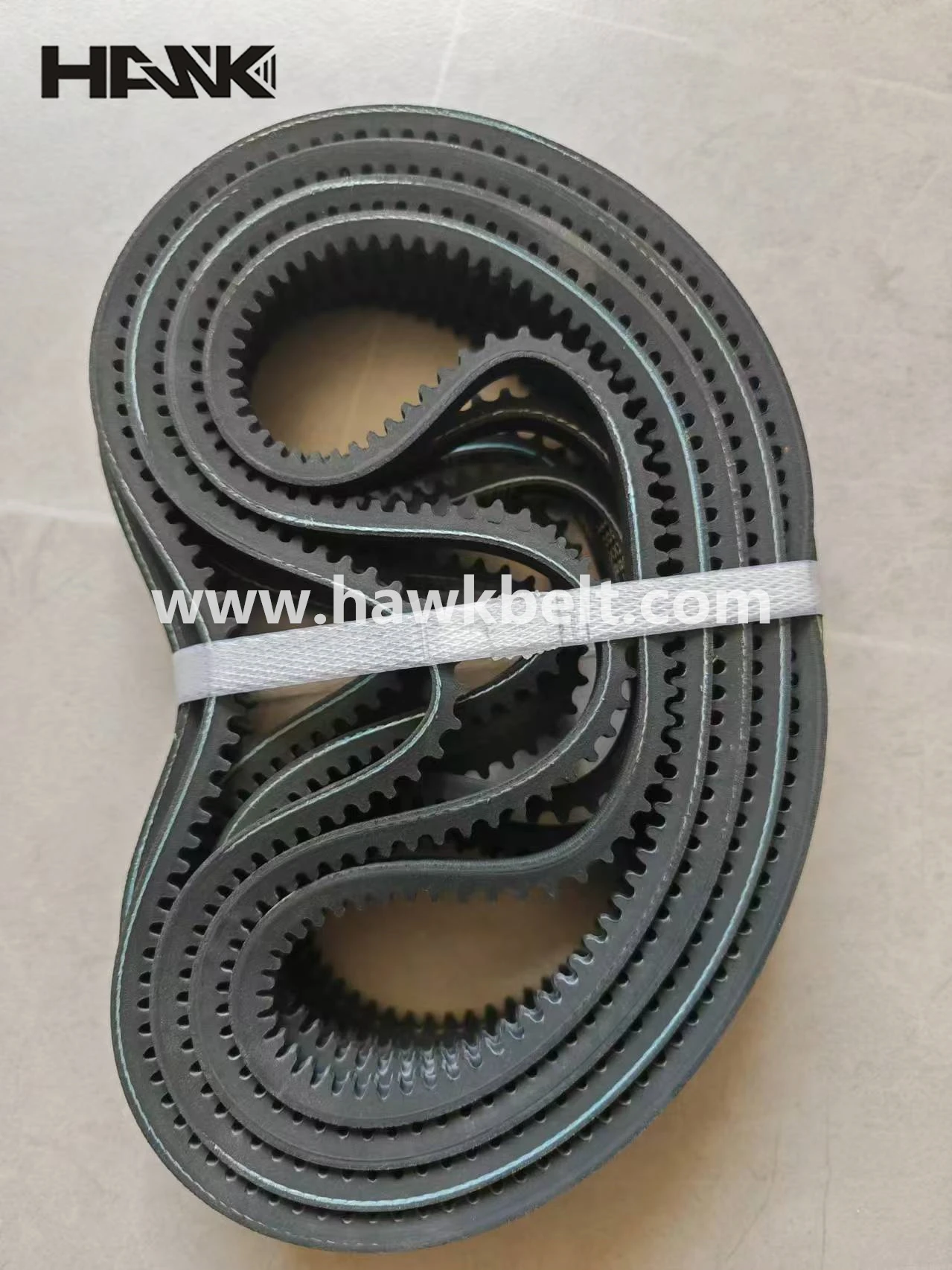- Arabic
- French
- Russian
- Spanish
- Portuguese
- Turkish
- Armenian
- English
- Albanian
- Amharic
- Azerbaijani
- Basque
- Belarusian
- Bengali
- Bosnian
- Bulgarian
- Catalan
- Cebuano
- Corsican
- Croatian
- Czech
- Danish
- Dutch
- Afrikaans
- Esperanto
- Estonian
- Finnish
- Frisian
- Galician
- Georgian
- German
- Greek
- Gujarati
- Haitian Creole
- hausa
- hawaiian
- Hebrew
- Hindi
- Miao
- Hungarian
- Icelandic
- igbo
- Indonesian
- irish
- Italian
- Japanese
- Javanese
- Kannada
- kazakh
- Khmer
- Rwandese
- Korean
- Kurdish
- Kyrgyz
- Lao
- Latin
- Latvian
- Lithuanian
- Luxembourgish
- Macedonian
- Malgashi
- Malay
- Malayalam
- Maltese
- Maori
- Marathi
- Mongolian
- Myanmar
- Nepali
- Norwegian
- Norwegian
- Occitan
- Pashto
- Persian
- Polish
- Punjabi
- Romanian
- Samoan
- Scottish Gaelic
- Serbian
- Sesotho
- Shona
- Sindhi
- Sinhala
- Slovak
- Slovenian
- Somali
- Sundanese
- Swahili
- Swedish
- Tagalog
- Tajik
- Tamil
- Tatar
- Telugu
- Thai
- Turkmen
- Ukrainian
- Urdu
- Uighur
- Uzbek
- Vietnamese
- Welsh
- Bantu
- Yiddish
- Yoruba
- Zulu
Dec . 02, 2024 07:57 Back to list
Understanding the Benefits and Applications of Linked V Belts in Various Industries
Understanding Linked V Belts An In-Depth Look
In the realm of mechanical engineering and manufacturing, the efficient transfer of power is paramount. One essential component that plays a pivotal role in this process is the linked V belt. This article aims to delve into the intricacies of linked V belts, their design, functionality, and applications, shedding light on why they are indispensable in various industries.
What are Linked V Belts?
Linked V belts, often referred to as continuous belts, are a unique type of power transmission belt characterized by a series of interconnected loops or links. Unlike traditional V belts, which are made from a continuous length of material, linked V belts consist of individual segments linked together, allowing for a flexible and customizable solution for transmitting power across various machinery.
The design of a linked V belt allows it to accommodate multiple sizes and configurations, making it an ideal choice for applications where standard belt lengths may not suffice. The V-shaped cross-section of these belts enables better engagement with pulleys, leading to efficient power transmission and reduced slippage.
Advantages of Linked V Belts
1. Flexibility and Customization One of the most significant advantages of linked V belts is their flexibility. Manufacturers can easily add or remove links to achieve the desired length, providing a tailored solution for specific machinery requirements. This adaptability is particularly beneficial in dynamic environments where machinery may require alterations or adjustments.
2. Reduced Downtime In industrial settings, downtime can be costly. The modular nature of linked V belts allows for quick replacements or repairs, minimizing the time machinery is out of operation. This ease of maintenance contributes to higher productivity levels and lower operational costs.
3. Temperature and Motion Compensation Linked V belts excel in applications where temperature fluctuations and motion dynamics can impact performance. Their design allows for slight elongation or contraction without compromising the belt’s integrity, making them suitable for high-speed applications and environments subject to varying thermal conditions.
4. Enhanced Durability Crafted from high-quality materials, linked V belts are designed to withstand wear and tear. Their robust construction ensures longevity, even in demanding industrial settings. With proper maintenance, these belts can significantly extend the lifespan of the machinery they support.
linked v belt

Applications of Linked V Belts
Linked V belts find a vast range of applications across numerous industries. Some major applications include
1. Manufacturing In manufacturing environments, linked V belts are often utilized in conveyor systems, assembly lines, and other automated processes, ensuring smooth power transmission between components.
2. Agriculture Farmers commonly use linked V belts in various agricultural machinery, including tractors, harvesters, and irrigation systems. Their durability and flexibility help enhance performance while handling the rigors of agricultural activities.
3. Automotive In the automotive industry, linked V belts are utilized in various applications, from engine components to auxiliary systems, providing reliable power transfer in vehicle operations.
4. Mining The mining industry relies heavily on linked V belts for transporting materials and powering machinery in often challenging conditions, where flexibility and strength are critical.
Conclusion
In conclusion, linked V belts represent a vital component in the world of mechanical power transmission. Their unique design offers flexibility, reduced downtime, temperature compensation, and enhanced durability, making them essential in various industries, from manufacturing to agriculture and beyond. As machinery becomes more sophisticated and the demand for efficiency increases, the importance of reliable power transmission solutions, such as linked V belts, will undoubtedly continue to grow.
Understanding these belts’ functionalities and applications is critical for engineers and technicians working in industries that rely heavily on machinery. As technology advances, we can expect to see ongoing innovations in linked V belt design and capabilities, further enhancing their role in modern mechanical systems.
-
Upgrade Power Steering Pump Belt for Smooth, Quiet Operation
NewsAug.27,2025
-
Precision Timing Belt & Chain: Engine Performance & Durability
NewsAug.26,2025
-
Precision Lathe Drive Belts: Durable & Reliable Performance
NewsAug.25,2025
-
84.5 Serpentine Belt: Durable & Precision Fit for Your Engine
NewsAug.24,2025
-
Premium Ribbed Drive Belts for Quiet Power Transmission
NewsAug.23,2025
-
High-Performance Vehicle Timing Belt for Engine Precision
NewsAug.22,2025

